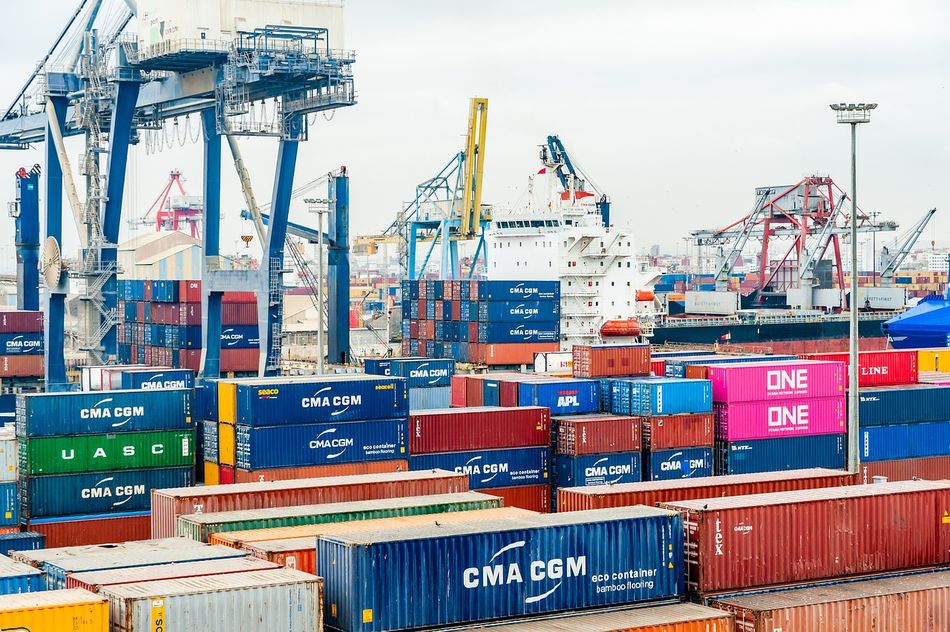Innovations in the Design of Maritime Containers

In recent years, maritime containers have been undergoing a period of significant innovations aimed at improving their efficiency and sustainability. These changes concern both the design and the materials used.
Lightweight and Sustainable Materials
One of the key trends in modern production of maritime containers is the use of lighter but strong materials, such as carbon fiber-based composites. These materials not only reduce the weight of the container, improving fuel efficiency for transport, but also provide increased resistance to corrosion.
Improved Aerodynamics
The design of maritime containers has also evolved to improve aerodynamic characteristics. New shapes and structures, for example, with rounded corners, help reduce air resistance during transport by road and rail.
Integrated Technologies
Modern containers are increasingly equipped with various technological innovations, such as sensors for monitoring the condition of the cargo, built-in GPS systems for tracking location, and automatic climate control systems for transporting temperature-sensitive goods.
Resistance to Extreme Conditions
New designs also take into account increased resistance to extreme weather conditions and mechanical impacts. This is achieved by reinforcing the structure and using improved connecting elements.
Eco-Friendly Technologies
Finally, an important aspect of modern design is eco-friendliness. The use of recycled and biodegradable materials, as well as the development of containers capable of efficiently using renewable energy sources (for example, solar panels), is becoming more common.


